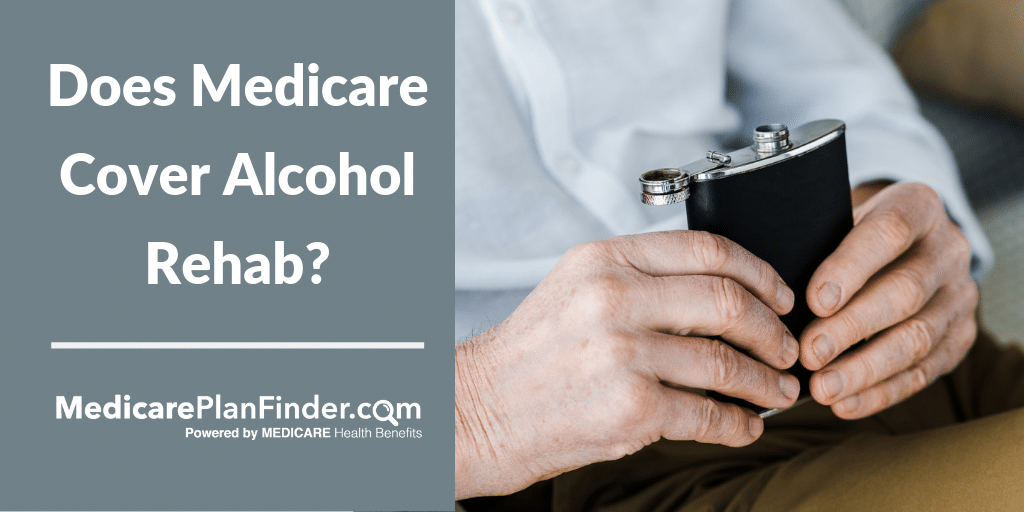Some Known Factual Statements About After 100 Days Nursing Home In Memphis Rehab Then What
Stays of 24 to 60 days prevail at experienced nursing facilities. As in skilled nursing facilities, inpatient rehabilitation centers offer meals, personal care, and help with daily activities. Rehabilitation at an inpatient rehab center may be covered by Medicare, however your parent may need to pay a deductible. Medicare protection might include shared rooms, meals, medications, nursing care, and various treatments. When choosing the best rehabilitation option for your senior liked one, it is very important to go over rehab goals and requires with their physician. Here are a few important aspects to think about: Programs at competent nursing facilities and rehabilitation centers differ in strength.
Is your relative inspired and figured out to return home as soon as possible? More extensive therapies at a rehabilitation center often indicate a much shorter stay at the rehab center. Elderly adults who have complicated rehab needs might take advantage of day-to-day access to a physician and different professionals at an inpatient rehabilitation center. On the other hand, those at skilled nursing facilities typically see a doctor one to 3 times a week. Inpatient rehab centers often rely on registered nurses who focus on corrective services. Skilled nursing personnel normally consist of nursing assistants accredited in long-term care who are monitored by a licensed useful nurse or registered nurse.
Program intensity1 to 2 hours of everyday therapy, A minimum of 3 hours of day-to-day treatment, Typical length of stay24 to 60 days10 to 35 days, Access to physicians, Doctor visits 1 to 3 times a week, Daily doctor visits, Staffing, Nursing assistants accredited in long-lasting care who are monitored by registered nurses or certified useful nurses, Registered nurses who specialize in corrective care, Expenses and Medicare coverage, Might be entirely or partly covered by Medicare, depending upon several aspects, including length of stay, May be partially covered, depending on center; may require a deductible, Medicare. gov. Inpatient healthcare facility care - what is selena gomez in rehab for. https://www.
"" Rehabilitation," or rehabilitation, is a lot more than a simple catch-all word for a recovery program; there are various kinds of rehabilitation tailored towards clients at all levels of healing. So what's the difference between intense rehabilitation and subacute rehabilitation? Acute rehabilitation is intense rehab for clients who have experienced a major medical injury and require major efforts to help in recovery. Some patients may have had a stroke, simply come out of significant surgery, had an amputation, or may still be handling a severe health problem. Many of these clients will not be able to fully recover without the help of extreme treatment and medical assistance, or would not be able to recuperate in an affordable quantity of time.

A severe stay is generally not long, because the "severe" part of the rehab moves to a lower phase of rehabilitation when the patient is advancing. The severe care patient has 3-5 hours of treatment every day, with a mix of speech, physical, occupational, and other acute therapies, such as respiratory treatment or electromagnetic treatments. He is seen by as physician, or a team of physicians, every day to mark development and make suggestions for continuation of rehabilitation. Intense patients are expected to make quick progress and go up a level out of intense rehabilitation. Subacute rehabilitation is a level lower than intense rehab in regards to strength, of the client's condition and likewise of the rehabilitation efforts.
A client can likewise move from an a particular intense care center to a subacute center, like Hudson View, once their situation has actually advanced and their needs have altered. Hudson View has personnel particularly trained in subacute care and an environment geared towards progress in rehab. In subacute rehab, there's just about 2 hours of therapy a day, and routine visits from a doctor. There are, however, everyday sees from nurses and other staff to stay on top of the client's circumstance in case there are any changes that need a quick reaction. For example, a diabetes patient that's recovering from amputation might be succeeding in subacute rehab, but a nurse might notice a wound that requires quick attention.
The next action for a subacute rehabilitation patient is generally house care, where a client gets either home treatment and nursing sees or outpatient rehabilitation until his rehab is finished.
About How Does Rehab Work
Physical rehab or "Rehabilitation" is a treatment program which intends to improve and bring back practical ability and quality of life of patients who have physical impairments or problems that impact the back cord, bones, joints, tendons, nerves, and the brain. In this short article, we will concentrate on explaining the distinctions between acute care rehabilitation and sub-acute care rehab. Acute care rehab is an extensive kind of medical rehabilitation that is appropriate for people who need medical treatment in mix with close tracking for a severe illness. Sub-acute care rehabilitation needs less intensive medical management compared to intense care rehab however greater than what is offered in your home or a traditional retirement home setting.
These are patients who have actually suffered a cardiovascular disease, stroke, pneumonia, or a devastating disease such as COPD (Persistent obstructive lung disease). Other people who can benefit from severe care rehab are patients who have had certain kinds of surgery. Sub-acute care rehab is less rigorous than acute care rehab. Clients who certify are those who require complex wound care, treatment, IV therapy, and treatment of malnutrition among others. Seriously ill clients will benefit with early intervention thus, making the most of functionality during the client's recovery and healing process. A multidisciplinary group approach is utilized. Normally, security evaluations, balance screenings, assistive gadget training and household training are performed to make sure safe discharge from the healthcare facility.
For patients Learn here who may not be hospitalized but finding it challenging to manage everyday tasks in their regular environment, sub-acute care can also assist. There are other rehab treatments that are offered to clients in addition to acute care rehab and sub-acute care. These are inpatient rehabilitation and rehab services used at experienced nursing centers. Intense care is appropriate for clients who will gain from an intensive, multidisciplinary rehab program. They get physical, occupational and speech treatment as needed. what is it called when a drug addict goes to rehab. These patients are medically handled by doctors who have actually been specifically trained in rehab. Inpatient rehabilitation is needed for clients who require intensive (24-hour) therapy services and medical management.
Typically, the length of stay for inpatient Drug and Alcohol Treatment Center rehab is around 10 to 14 days. After inpatient rehabilitation, a lot of clients go home with outpatient rehab or house health services. Acute rehabilitation is typically based in a healthcare facility. This program helps clients who have actually suffered some significant injury, condition or illness to regain the skills that they need to return to everyday living. This program covers everything from regaining the capability to walk after an amputation, to talking after suffering a stroke, to being able to take medications securely after a severe illness. A skilled nurse center is where some clients are sent out when they no longer need the amount of care provided in the hospital but they require more care than they and/or their loved ones can manage at home.
